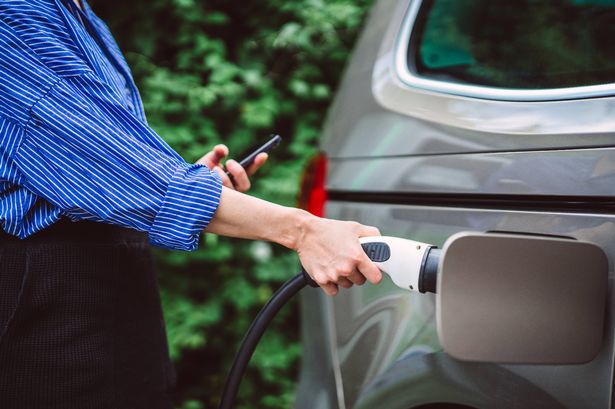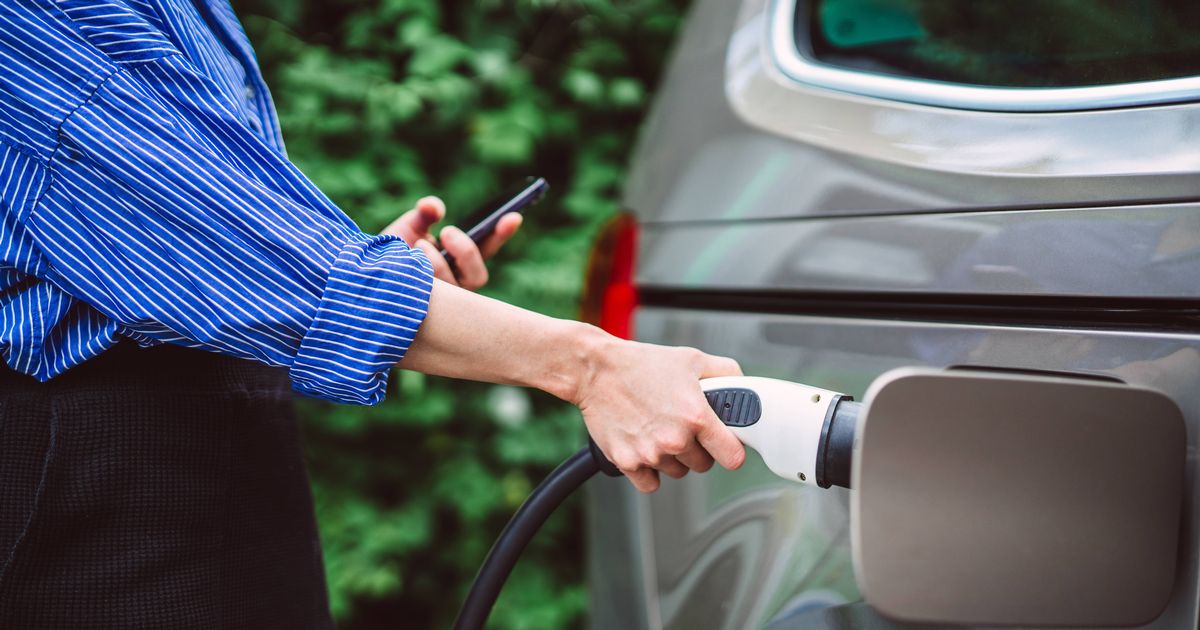Bristol City Council is planning a trial (Image: Images By Tang Ming Tung via Getty Images)
(Image: Images By Tang Ming Tung via Getty Images)
Bristol Live readers have been discussing a major issue that has emerged with a new Bristol City Council plan to help residents without driveways charge electric vehicles. A trial next year will test pavement channels that let cables run from homes to roadside parking spots.
The council hopes the scheme will boost EV adoption by tackling the charging difficulties faced by homes without private driveways. Home charging is typically cheaper and more convenient than relying on public stations.
Still, there’s a catch: even if residents pay to install pavement channels, they aren’t guaranteed a parking space outside their home — meaning others could block access, leaving them unable to charge their EVs. In a city like Bristol, where Victorian terraces often lack driveways, competition for on-street parking is common. Councillors on the transport policy committee, who approved the trial on July 10, acknowledged this challenge.
Green Councillor Emma Edwards voiced her concern, saying: “Even in places with a resident parking zone, people don’t have allocated spots. It’s every person for themselves. I’m worried that this is going to be an impossible ask in areas where people really want them.”
The council would own, install, and maintain the gulley channels, but individual drivers would cover the costs — though the exact amount is still unclear.
A report to the transport committee admitted gulley charging could “cause disagreement” in areas with high competition for parking.
The scheme has received support from residents who contacted the council, saying many are considering switching to EVs but are put off by the difficulty of home charging and the high cost of public charge points, such as those at supermarkets.
Commenter Junius says: “A pilot would need to be on a small scale as this may generate more problems than policy makers anticipate. The potential cost needs to be estimated and motorist willingness to pay if a parking space with pavement gully cannot be guaranteed. Clarification is also required over whether Motability would pay gully costs for eligible disabled leasers of EV cars. Arguably, it would be better for city dwellers without driveways to use, where possible, other transport modes or engage in active travel.”
Peter1966 offers: “I’d be happy to trial a charging gully at my home, having been asking about this for a while now.”
Evns thinks: “In the government’s headlong dive into EVs ( remember when they encouraged diesel?) they are forcing them on us! But, just like diesel, there are major drawbacks, and this is one HUGE one! The vast majority of British drivers have no drives, a large number live in multi-floored apartment blocks! So, their ‘ideal’ is impossible from the very start!”
Violina suggests: “Just buy a rubber cable cover to put over the charging cable, that’s what people are doing now, we don’t need expensive gullies!”
Magrathean writes: “This is an impossible ask. Electric vehicles are a great idea. But the battery and charging technology available is not good enough yet. They are currently only suitable for people with driveways and money. The technology will eventually be suitable to replace the petrol cars of terraced houses and hi-rise flat owners. But if people try to do this now there will be fights on the terraced streets.”
Wordsofwisdom2 replies: “No fights. Hundreds of these channels already exist after 40 of these trials. Let’s get on with installing THOUSANDS of these so that people without driveways can get access to 7 times cheaper charging – with overnight electricity rates if only 7p/kw from Octopus etc instead of having to pay over 50p/ kw to use any of the cheapest public chargers.”
Malagogogirl thinks: “This is another way for private car owners to damage public pavements. Not only are they allowed to turn previously level pavements into undulating, sloping surfaces (so they can park in their paved-over gardens) now they can stick trip-hazards across them every few yards. Add to that damaged paving from pavement parking and it’s quite the package of destruction. The irony will be that pavement parking will probably break the gullies. Once the gullies have been buckled by parking they will be even more of a hazard.”
Olninyo points out: “I have an EV, we charge it in front of our terraced house every week or so. There’s almost always space at some point in the few days before we need it, but sometimes there isn’t. Sometimes we liaise with our lovely neighbours, sometimes we fall back on public charging. It’s really not a deal breaker. This is great news, the technology is ready, and charging at home is crazy cheap. I hope the gullies aren’t extortionate.”
How do you feel about new infrastructure for home EV charging? Would you make use of it? Have your say in our comments section.
